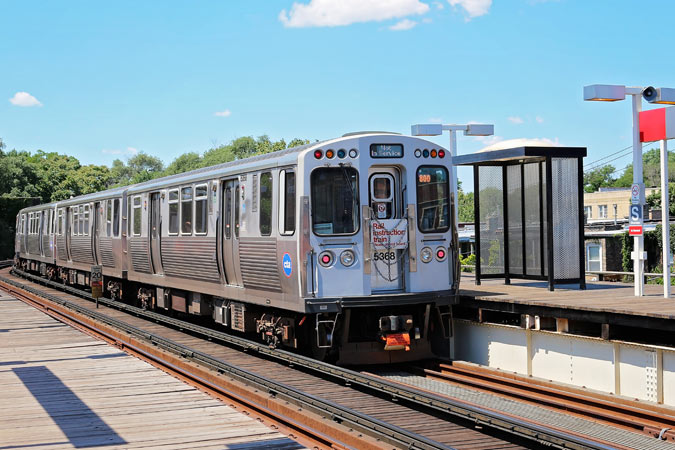This is the seventh article in a series about forming children for active participation in the Mass.

Eucharist means “thanksgiving.” How grateful are we for God’s gifts, especially his gift of Jesus? Do we sincerely give thanks and praise at Mass? How can catechists help children develop an attitude of gratitude to God that they can bring to the celebration of the Eucharist?
Younger Children
One simple way to encourage young children to cultivate gratitude is to ask them often what they are thankful for—not just around the Thanksgiving holiday. A fun, simple way is to use the classic children’s song “Thank You, Lord” and have the children call out spontaneously whatever they are grateful for. Then, incorporate that into additional verses of the song.
When leading prayer with children, catechists can do more than make requests of God, also thanking God for the good things of everyday life. Leading by example, adults should be sure to pray aloud what they are grateful for themselves. Another strategy is to have children create artwork themed around the gifts in life they appreciate most.
Families
Encourage families to practice giving thanks by sending home anything that gives them an opportunity to do that. Mealtimes are especially good times for families to be mindful of gratitude.
Older Children
Catechists can connect gratitude with the Mass by teaching children to listen to and reflect on the words of the priest’s prayers over the gifts and to the Preface and Eucharistic Prayer. The priest’s prayer of preparation over the gifts of bread and wine shows clearly that they are gifts from God that we offer back to him: “Blessed are you Lord God of all creation for through your goodness we have received… the bread… the wine we offer…”
Have them listen especially to the third part of the opening dialogue of the Preface: “Let us give thanks to the Lord our God.” “It is right and just.” In Ordinary Time, the Preface continues: “It is truly right and just, our duty and our salvation always and everywhere to give you thanks, Lord, Holy Father, almighty and eternal God…”
We bless and praise God again in the Sanctus (“Holy, Holy, Holy”) and throughout the Eucharistic Prayer, when the priest calls to mind the many things God has done for us throughout the ages, from sending his Son, to saving the saints and martyrs, to giving hope of eternal life to the dead. Ask older students to journal about what they hear during the Eucharistic Prayer that expresses gratitude. They could even create art or drama that illustrates these elements and their meaning.
Finally, make sure that all children understand that the function of the silence after Communion is to provide time for each of them to thank God personally for the gift of Jesus in the Eucharist. With such preparation for Mass, children can heartily respond to the Final Blessing and Dismissal with “Thanks be to God,” infused with an attitude of gratitude.
Read the first six articles in the series:
Forming Children and Youth for the Mass, Part 1: Silence and Reverence
Forming Children and Youth for the Mass, Part 2: Song and Praise
Forming Children and Youth for the Mass, Part 3: Listening to the Word
Forming Children and Youth for the Mass, Part 4: Intercessory Prayer
Forming Children and Youth for the Mass, Part 5: Sacrifice
Forming Children and Youth for the Mass, Part 6: Real Presence
Image by Orin Zebest under Creative Commons license.




Leave a Reply